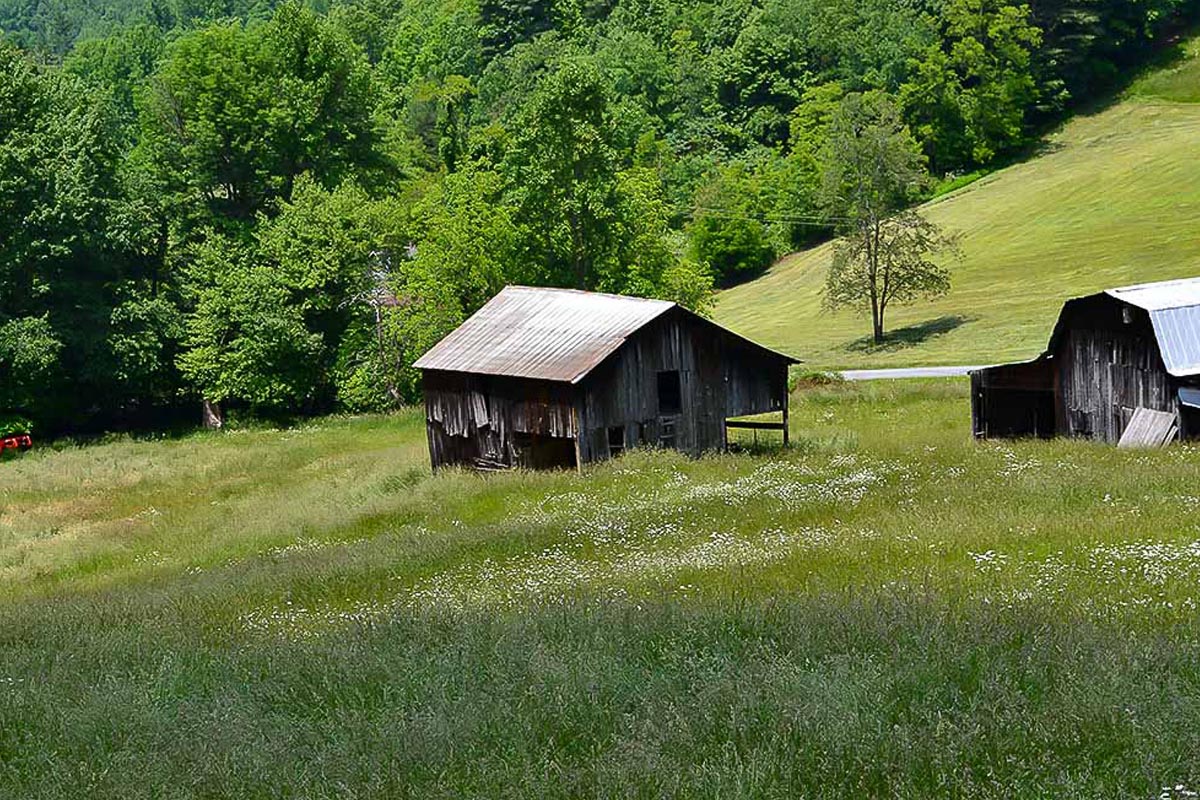In the realm of wood flooring and wood paneling, terms like post-consumer reclaimed wood, post-industrial, salvaged wood, recovered paneling, recycled flooring, and antique wood paneling are often thrown around. But what do they actually mean, and how do they differ when it comes to utilizing these materials in design? Let's delve into the nuances of these buzzwords and shed light on the distinctions.
Defining Reclaimed Wood
Reclaimed wood is any timber that has previously served a purpose, typically in a building or structural context. This could include materials sourced from old barns, industrial warehouses, dilapidated water tanks, gym bleacher seats, shipping pallets, old backyard fencing and more. While terms like "recycled wood" or "repurposed wood" are sometimes used interchangeably with reclaimed wood, they all generally refer to the same sources.


The term "antique wood" is often associated with reclaimed wood, though it primarily denotes wood of considerable age, such as from a large old-growth beam reclaimed from a warehouse. However, there's no standardized threshold for what constitutes antique wood; it could simply refer to the visual appearance of aged wood such as our Good Neighbor products. Antique reclaimed wood may exhibit distinct signs of prior use, such as nail holes, oxide stains, or saw trace marks, imparting a charmingly rustic aesthetic.
Varieties of Reclaimed Wood
Reclaimed wood can be categorized into two main types: post-consumer reclaimed wood and post-industrial reclaimed wood.
Post-consumer reclaimed wood refers to timber that has fulfilled a commercial function before being repurposed. It typically boasts abundant character, featuring nail holes, oxide stains, insect burrows, and other indicators of past use. This type of wood is often sourced from past uses such as backyard fences, decks and old barn siding. The main distinction here is that this wood mainly comes from the consumer side of the economy, not the industrial side.

On the other hand, post-industrial reclaimed wood comes from more “industrial” sources like old warehouse timbers used for centuries to hold up the structure, shipping dunnage used to ship goods across the oceans like our Jakarta products, or wine tanks used to ferment large quantities of your favorite vino. Also known as "pre-consumer" wood, sometimes it lacks the same degree of weathering and wear as post-consumer reclaimed wood, but it all still has the same environmental benefits of removing it from the waste stream.

Distinguishing Reclaimed from Salvaged Wood
In contrast to reclaimed wood, salvaged or "recovered wood" refers to timber harvested as a by-product of other activities. Sources of salvaged wood vary widely, encompassing urban trees that needed to be removed, orchards, and roadside clearances. Orchard salvage, for instance, involves the removal of fruit and nut trees once they've completed their productive lifespan. Salvaging this wood prevents it from being relegated to waste disposal, presenting an eco-friendly alternative.
Salvaged wood typically lacks the weathered patina and blemishes characteristic of reclaimed wood since it hasn't undergone prior use by consumers. Moreover, salvaged wood is often available in larger dimensions compared to reclaimed wood, offering versatility in construction projects.
One interesting source of salvaged wood is called “buck skins”. On the West Coast, these buck skins are almost exclusively old growth redwood. During the first great harvest of these magnificent trees in the early 1800’s, the loggers of that era often left the butt section of these ancient trees in the forest because they were too large to be hauled out with the technology of that day, which generally consisted of horses, donkeys, and the occasional steam powered winch.


Fast forward to today’s modern logging operations with heavy duty hydraulic machines and sky cranes. As the loggers are harvesting redwood from previously logged areas, they occasionally run across these buck skins in the forest. Normally they are half buried in the forest. They are treasured finds as they contain some of the best quality, oldest wood that can be found today - true old growth. This forest salvage is taken to the mill for processing into a truly unique wood.


Another unusual source of reclaimed wood comes from wine vats. These are very large containers used to store and age wine in large volumes, not the small barrels used for long term aging and storage. These large tanks were almost exclusively made from clear grain, old growth redwood. The vintners chose this wood because it was very strong, resisted rot very well and also did not impart any flavor to the wine as it aged. The woody flavor you get in some wines are from the Oak barrels, not the wine vats.


Yet another source of reclaimed wood we refer to as “sports themed”. This includes reclaimed gymnasium bleacher seating and gym floors. These are very popular options and you have most likely seen these reclaimed elements being used in a unique interior design in a sports themed bar or restaurant.


Shipping dunnage, the official term for any wood used in shipping a commodity, is another unique source of reclaimed wood. Dunnage can include pallets, dimensional lumber from crating, and even plywood crating.
One source we have developed over the years is a tropical wood being used to crate steel products coming in from overseas. We developed this rare tropical wood into two products: Jakarta Rustic which shows use in its previous life, and Jakarta Smooth, which is a more refined version of the same product.


Both salvaged and reclaimed wood contribute to waste diversion in the building industry while championing the ethos of material recycling and reuse. With proper maintenance, these wood products retain their inherent beauty and character, promising durability for generations to come. If you are interested in the next best thing to reclaimed or salvaged wood, check out this in depth article about “Certified Sustainable” wood such as FSC and PEFC.
For further inquiries regarding reclaimed and salvaged wood, don't hesitate to reach out to our knowledgeable team with a message. We're here to provide assistance and guidance tailored to your needs!


